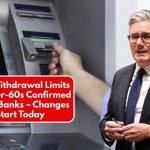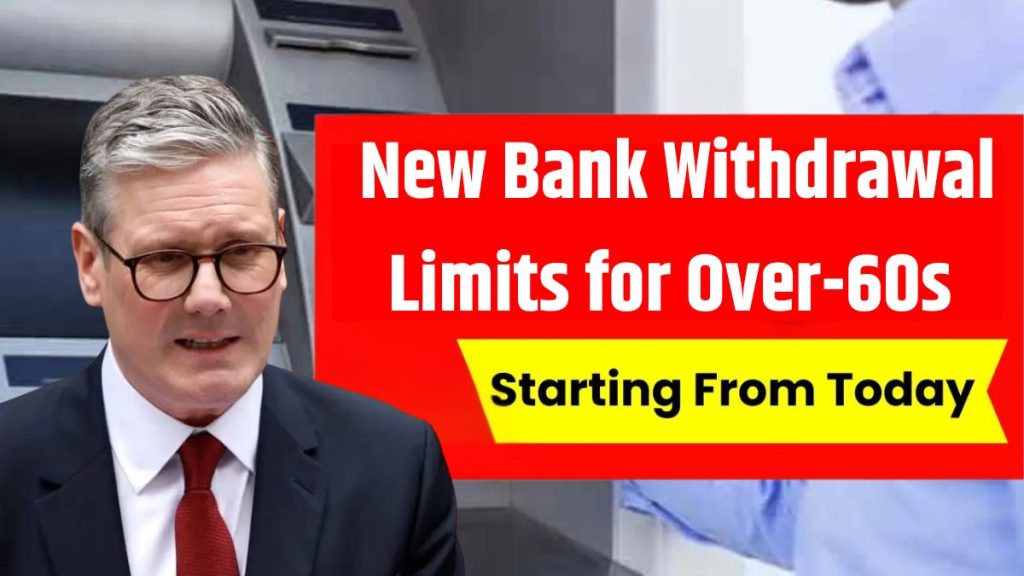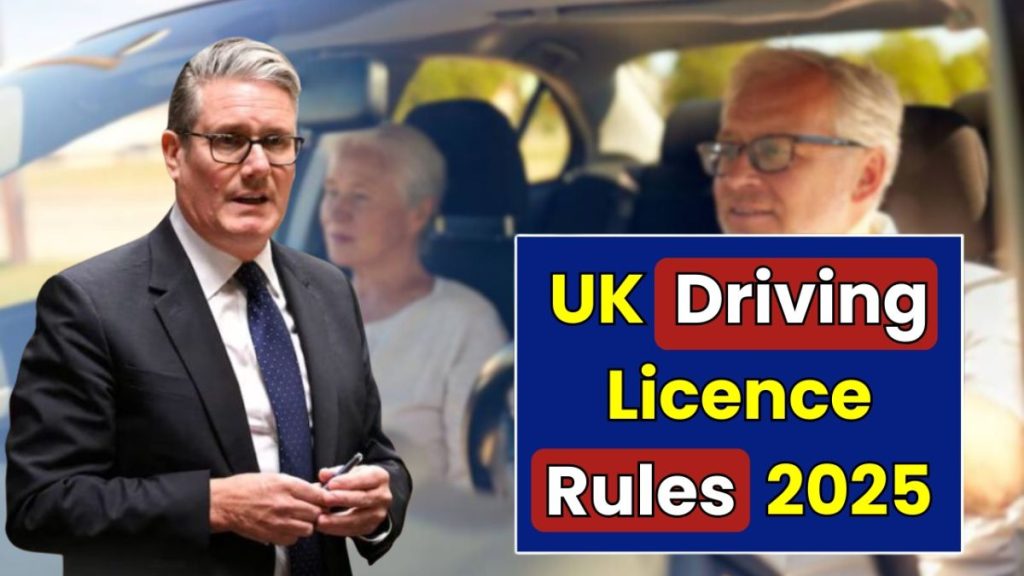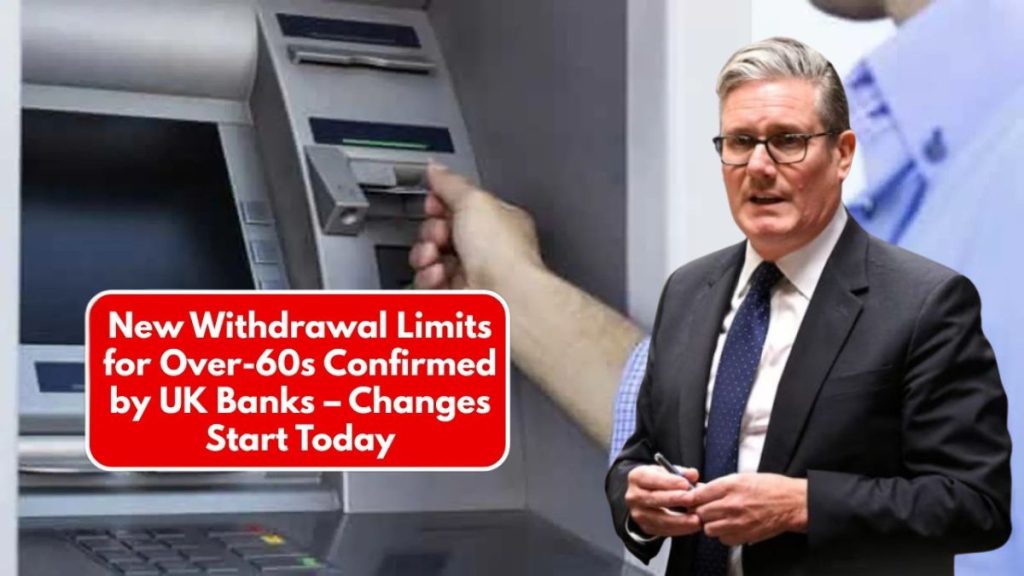As the cost of living continues to challenge millions across the United Kingdom, the Department for Work and Pensions (DWP) has confirmed a £600 one-off Cost of Living Boost to be paid in October 2025. This targeted relief aims to help vulnerable households, pensioners, and benefit claimants manage the growing pressure of rising energy, food, and rent costs. This article presents a complete breakdown of the payment, including who qualifies, when payments will be made, how much individuals can expect, and what to do if you haven’t received it.
What Is the £600 Cost of Living Boost?

The £600 Cost of Living Boost is a government-funded, one-time financial support payment introduced by the DWP. It has been designed to ease the burden of inflation and increasing household expenses, especially for those on low or fixed incomes.
The initiative is part of a broader social safety net strategy and complements other benefits such as Universal Credit, Pension Credit, Personal Independence Payment (PIP), and Employment and Support Allowance (ESA).
Why the Boost Was Introduced: Rising Costs and Economic Pressure
With the UK’s inflation rate affecting essentials like fuel, groceries, and housing, the £600 boost is a response to the cost of living crisis. It reflects the government’s commitment to ensuring no family or pensioner is left behind during these economically volatile times.
The boost also comes alongside other measures like:
- Energy subsidies
- Fuel bill support
- Council tax rebates
Who Will Receive the £600 Boost?
To qualify for the October 2025 payment, you must meet specific eligibility criteria:
- Be currently receiving qualifying benefits such as Pension Credit, Universal Credit, Income Support, ESA, or PIP
- Be resident in Great Britain
- Not already receiving similar support from other overlapping schemes
No fresh application is needed for those already on eligible benefits. The DWP will use existing records to identify and pay eligible individuals.
Detailed Eligibility Table
| Benefit Type | Eligible? | Additional Notes |
|---|---|---|
| Pension Credit | Yes | Includes both standard and guaranteed elements |
| Universal Credit | Yes | Active claimants in standard payment cycle |
| Income Support | Yes | Must be receiving it at the time of verification |
| Employment and Support Allowance (ESA) | Yes | Especially for those in Limited Capability for Work group |
| Personal Independence Payment (PIP) | Yes | Both mobility and daily living components covered |
| Child Benefit | No | Does not qualify independently |
Payment Schedule: When Will You Get Paid?
The DWP has released the payment calendar for the October 2025 £600 boost:
| Group | Payment Week |
|---|---|
| Pension Credit Recipients | Week of 6 October 2025 |
| Universal Credit Claimants | Week of 13 October 2025 |
| Disability and Other Groups | Week of 20 October 2025 |
This staggered payment system ensures that the banking network and postal services can handle the volume without delays or backlogs.
How Much Will You Receive?
Each eligible person or household will receive a flat, non-taxable amount of £600. This:
- Is not affected by other benefits or income
- Will not be deducted or offset
- Will not be taxed
Couples who both qualify will not receive £1,200. The payment is per household, not per person, to prevent duplication.
How Will the £600 Be Delivered?
The DWP will distribute payments using existing channels tied to your benefit account:
- Bank Transfers: The most common method—directly into your bank account
- Cheques: For recipients without linked bank accounts
- Prepaid Cards: For select individuals without banking access
No action is required unless your bank details or address have recently changed.
What If You Haven’t Received Your Payment?
If you believe you’re eligible but haven’t received your payment by end of October, follow these steps:
- Check your current benefit status on the DWP portal
- Verify your bank and contact information is accurate
- Avoid phishing scams—DWP never asks for bank details over phone or email
- Use the official DWP helpline or web portal for assistance
Impact of the £600 Boost on Households
Feedback from similar previous payments indicates that this type of financial assistance significantly reduces monthly financial stress. Most recipients use the money for:
- Energy and heating bills
- Weekly groceries
- Medical or emergency costs
- Debt repayment
It helps recipients maintain stability during periods of rising financial pressure.
Does the £600 Payment Affect Your Other Benefits?
No. The £600 Cost of Living Boost is separate from other payments and does not impact your benefit eligibility or amounts for:
- Universal Credit
- Housing Benefit
- Council Tax Reduction
- Disability Allowance
It’s treated as an additional support payment, not part of your regular benefits.
Is There More Help Coming?
While this £600 boost is a one-time relief, the government has signalled that future support may follow, depending on inflation and economic indicators.
Campaigners and economists are urging:
- Increased affordable housing initiatives
- Better wage support
- Ongoing cost-of-living tracking and response plans
Frequently Asked Questions (FAQs)
1. Who qualifies for the £600 DWP boost?
Anyone receiving benefits like Pension Credit, Universal Credit, ESA, Income Support, or PIP and residing in Great Britain qualifies automatically. You don’t need to apply if you’re already on these schemes.
2. When will the £600 payments be made?
Payments are scheduled across three weeks in October 2025, depending on your benefit type. Most bank deposits will happen between 6 and 20 October.
3. Can both partners in a household receive £600 each?
No. The payment is issued once per eligible household, even if both partners qualify individually.
4. Will this £600 impact my Universal Credit or tax credits?
Not at all. The £600 is non-taxable, and it will not be considered income for calculating other benefit entitlements.
5. How do I check if I’ve received the payment?
Log in to your bank account and look for DWP credits, or visit the official DWP website and check your payment history. If needed, contact the helpline for support.












